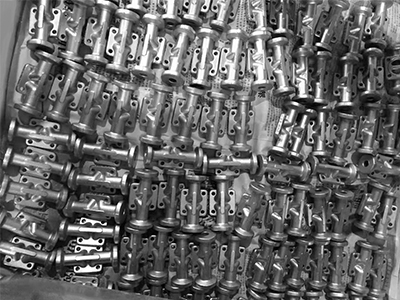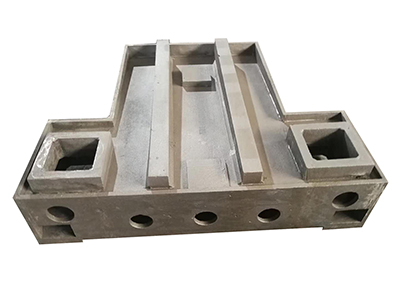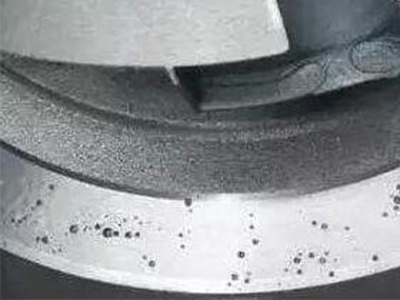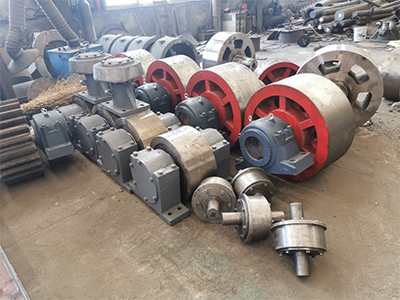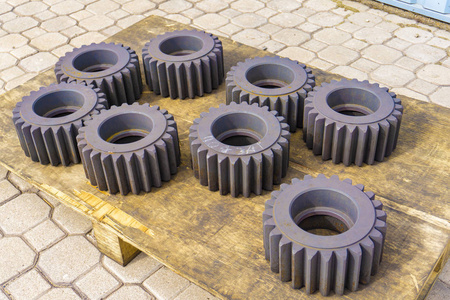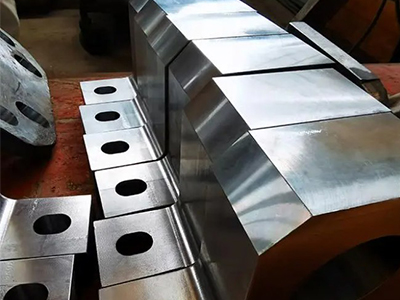- Selection of stainless steel precision casting cold iron materials
- The difference between Ductile Iron Castings and Gray Iron Castings
- Inspection Standard and testing content of Steel Castings
- Common casting methods of Aluminum and Aluminum Alloy
- Carbon Steel Casting Alloys
- Introduction to the knowledge of stainless steel castings
- Basic requirements of stainless steel precision casting casting structure
- Application fields and products of iron castings
- Characteristics and calculation of gating system for Steel Castings
- Quality control of gray cast iron
- Call : +86 13390692151
- sale@kfqizhongji.com
-
Room 1, No. 21, Chaoying East Road, Zhoushi,
Kunshan City, Jiangsu Province, China
Calculation method and proportion of casting riser design
The riser is an auxiliary component attached to the top or side of the casting to avoid defects in the casting. Acting in the mold, the cavity of the riser is the cavity for storing liquid metal. When castings are formed, metals are supplied to prevent shrinkage, exhaust and slag entrapment. The main function of riser is packaging.
1. Basis of riser design.
Casting risers are mainly used for steel castings. Iron castings are only used for individual thick gray iron castings and ductile iron castings. In the process of liquid cooling and solidification, the volume of molten metal should shrink. The volume shrinkage of the casting is about 3 times of the linear shrinkage. As a result, the volume shrinkage of cast steel is generally considered to be 3-6%, and gray cast iron is considered to be 2-3%. However, due to the graphitization expansion of gray cast iron and nodular cast iron during solidification, part of the volume shrinkage can be offset, so if the wall thickness is uniform and the mold density is high, the design of riser is usually not necessary. If the bulk shrinkage of the casting is not supplemented, shrinkage, shrinkage or shrinkage will be formed on or inside the casting. Castings are often scrapped in severe cases.
The principle of calculating the riser size is to first calculate the amount of liquid metal that needs to be fed. Usually, this part of the liquid metal is assumed to be a sphere, and the diameter (set to d0) is used to calculate the riser. The riser feeding casting has a certain range, which is called the effective feeding distance, which is set to L. For plate parts with a thickness of h, the thickness is usually 3h for 5h. For bar-shaped parts L = (25030) / h, h-casting thickness.
2. The basic calculation method of riser size.
There are many formulas, charts and tables for riser calculation. The introduction is as follows.
The most commonly used method is riser diameter D=d0+h.
The reason is that it is assumed that the riser and the casting solidify at the same speed, and the solidification process is carried out from the two surfaces of the casting to the inner layer. When the casting is fully solidified, the riser solidifies to the same thickness, with a hole in the middle. The volume of the shrinkage hole is exactly equal to the volume of the feeding ball, and this part of the liquid metal shrinks to the casting during solidification.
When there is a hot spot in the casting, the diameter T of the hot spot can be used instead of h. That is, D=d0+T.
In addition, in the riser design, there is an important part, that is, the neck. The so-called riser neck is the connecting channel between the riser and the casting. The molten metal in the riser is fed into the casting through the neck of the riser. Therefore, there are requirements for the cross section of the riser, usually the riser diameter dj= (0.6-0.8) T, riser height H = (1.5-2.5) D. The height of H should also be considered higher than the part of the height that needs to be replenished, otherwise it will become an anti-feeding material and the casting will feed the riser, which should be avoided.
